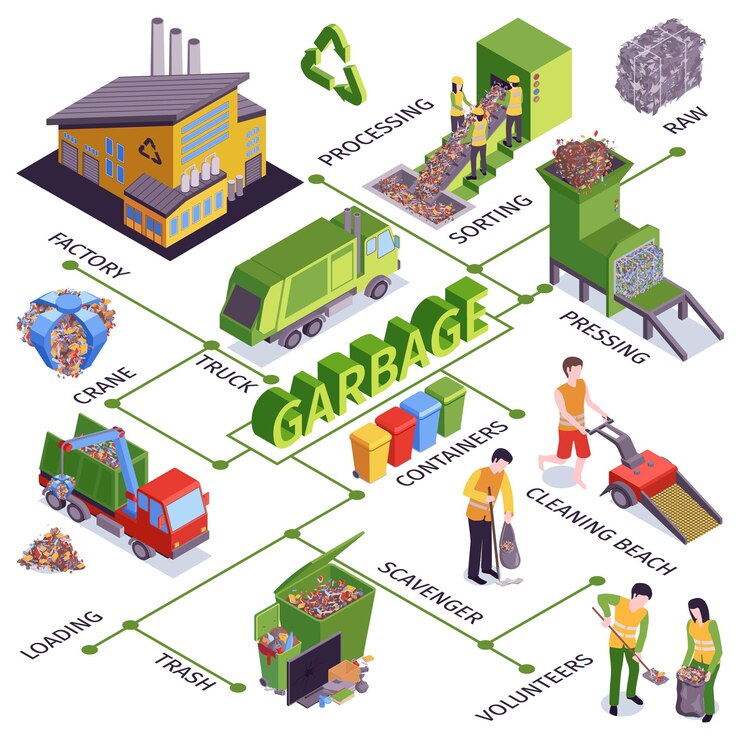“Acknowledge the value of corrugated cardboard recycling and how it helps keep resources and reduce green impact. Get insights now!”
The process of obtaining, sorting, and recycling used corrugated cardboard packaging supplies to make new carton commodities is known as “corrugated cardboard recycling.”
After the refurbishing process, the cardboard material breaks down into its component yarns, pollutants such as tape or acrylic are eliminated and these remaining fibers can be used to produce new box products. Recycling corrugated cardboard decreases the amount of waste that ends up in landfills, conserves natural resources, and minimizes the negative impact of producing new cardboard from virgin materials.
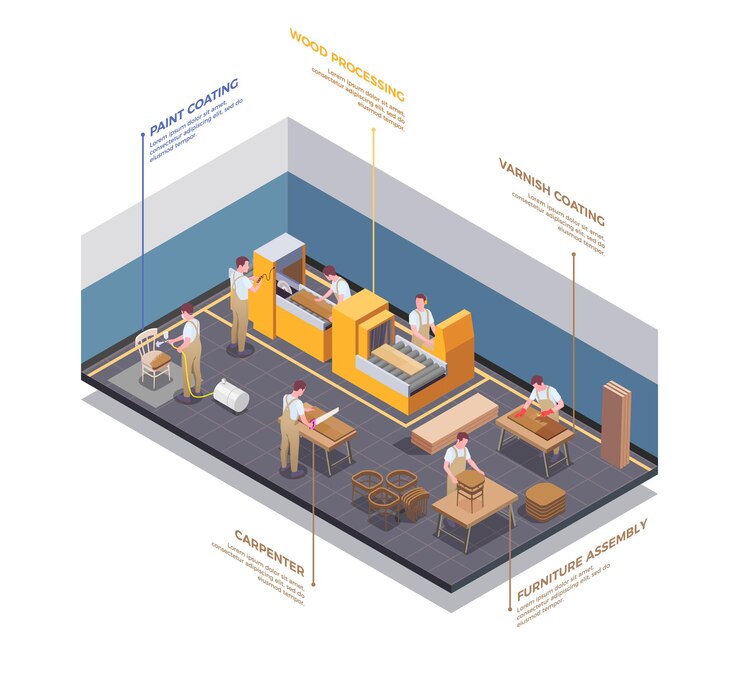
Introduction :Corrugated Cardboard Recycling
cardboard with corrugations makes up one of the most widely utilized containers in the world. In light of its frequent usage, ecological preservation is growing into an ever more pressing topic. A green method to lower waste and archive resources is Corrugated Cardboard Recycling.
Significance Of Corrugated Cardboard Recycling
Corrugated cardboard recycling is a prerequisite for a handful of reasons, among them financial, social, and climatic ones:
Restoration of Facilities
Paper pulp, derived from trees, is used to do corrugated cardboard recycling. We protect trees as well as additional natural resources by repurposing cardboard. One ton of recovered cardboard could conserve about 17 trees, 7000 gallons of fresh water, 380 liters of oil, and significant quantities of greenhouse gas emissions.
Junk Optimization
A significant proportion of garbage from the city is made of recyclable materials such as corrugated cardboard. By recycling cardboard as a base we retain it from going into the garbage dumps which decreases the level of pollution that needs to be dealt with and propels the landfill’s lifespan.
Power savings
Compared to the production of new cardboard from the original materials, recycling cardboard needs less energy. Recycled cardboard processing requires less water and emits less emission of greenhouse gases, which contributes to preserving energy and alleviates pollution in the surroundings.
Financial Gains
Corrugated Cardboard Recycling provides labor in the producing, processing, sorting, and collecting areas. It boosts the country’s economy through the creation of income from the marketing of reused supplies.
Guard of the Atmosphere
Corrugated Cardboard Recycling lowers the need for virgin pulp, which comes about through demanding labor logging and procedures for manufacturing that worsen habitat degradation, air and water pollution, and deforestation. We diminish these adverse influences on the environment while creating sustainable behaviors by recycling cardboard.
Stabilization of the Effects of Climate Change
Corrugated Cardboard Recycling drastically reduces the production’s emissions of carbon dioxide. Recycling aids in reducing the adverse impacts of global warming by retaining the emissions of greenhouse gases out of trash and cutting the energy and emissions needed for creating new cardboard.
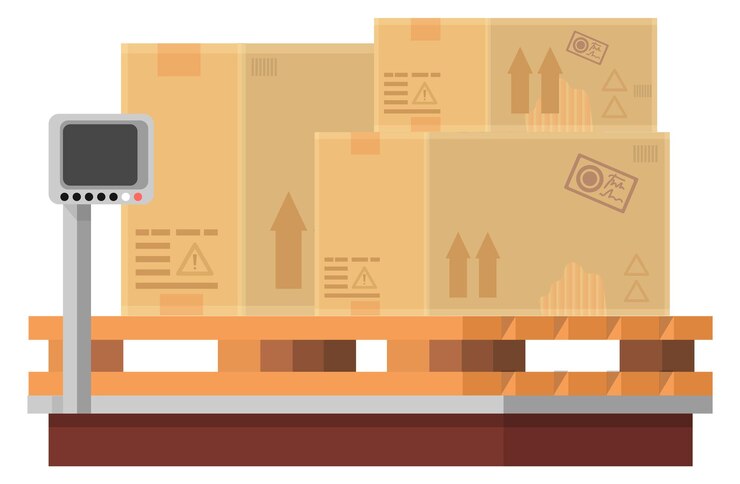
Corrugated Cardboard Recycling Merits
Corrugated Cardboard Recycling Offers Numerous Merits, such as:
Reclaiming Cardboard
Reclaiming Cardboard assists protect essential earth’s resources including electric power, water, and wooded areas. When recovered wooden fibers don’t call for the same cutting as virgin pulp, forest wildlife, and ecosystems are kept.
Garbage Cutting
The process of corrugated cardboard recycling enables city-handling waste gadgets garbage by eliminating a significant amount of garbage from dumps. It extends the landfill’s lifespan and eliminates the damage that burying produces to the environment.
Power Reductions
Compared with creating raw cardboard from unprocessed materials, recovering cardboard requires less energy. As a result, we’re seeing a drop in energy use and associated greenhouse gas emissions, thus contributing to preventing climate change.
Potential for Prosperity
The recycling of cardboard offers labor in the production, both arranging, interpreting, and retrieval areas. By exporting reused goods, it also generates a profit that strengthens local and national economies.
Greenhouse Gas Management
Discarding cardboard cuts carbon emissions both garbage degradation and the making of new cardboard, thereby helping tackle climate change. This promotes worldwide attempts that minimize emissions of greenhouse gases and battle climate change.
The Notion of establishing a circular economy
The notion of establishing a circular economy, whereby assets are recycled and recovered to minimize trash and enhance the efficiency of resources, is endorsed with the reuse and recycling of corrugated cardboard. As an outcome, there is a lower reliance on limited assets, and both production and consumption habits become healthier.
Civic Contribution
Recycling cardboard increases environmental responsibility among individuals, companies, and communities. It creates a sense of personal responsibility for our planet by bringing emphasis on the importance of recycling and trash reduction.
The Method of Reprocessing
Gathering
Garbage created from corrugated cardboard gets collected from a wide range of sources, which include our houses, businesses, and organizations. Sidewalk retrieval, drop-off spots, and professional pickup services are instances of collection tactics.
Filtering
Once having been collected, the cardboard is hauled to a disposal site and sent through an inspection process. The corrugated cardboard is differentiated from various types of paper and particles which include metallic, plastic, and waste from food by filtering. It also ensures that the disposal process merely involves clean cardboard.
Dicing
To tear the cardboard into manageable yarns, it is alternately pulverized or diced into tiny fragments during sorting. Chopped material has a greater dimension, which improves handling in subsequent steps.
Removing The Ink (Optional)
To get rid of pigment grains from the pulp, which is a de-inking procedure may be employed in particular circumstances, particularly when dealing with cardboard containing printed inks. De-inking is the method of eradicating ink from fiber by floating or by using chemicals.
Grinding
A juice blend is generated through the combination of freshwater and torn cardboard. To more thoroughly break down the cardboard’s strands into a suspension, this fluid is blended and heated. Any toxins or imperfections that remain have been eliminated during the above process.
Perfecting
To further wear away fibers and raise the strength and grade of the utilized cardboard subject matter, the pulp passes thorough a polishing method. To obtain the required fiber consistency, the resulting pulp could require to be hammered or modified in this phase.
The process of forming
A sophisticated apparatus is utilized for forming the processed pulp that originates into strips or rolls. The recycled cardboard may go under further steps or procedures, such as drying or pressing, based on its planned utilization, to get its right attributes.
Wrapping and Delivery
Once the production process, the recycled cardboard rolls or sheets are sealed and made available to be shipped to consumers or factories. Several items, such as boxes, paper products, and packaging supplies could be created from recycled cardboard.
Strategies are being made to lower garbage, protect assets, and enhance the overall quality of what is recovered along the recycling process. We can decrease our influence on our planet, maintain natural resources, and create a healthier way of dealing with waste by recycling corrugated cardboard.
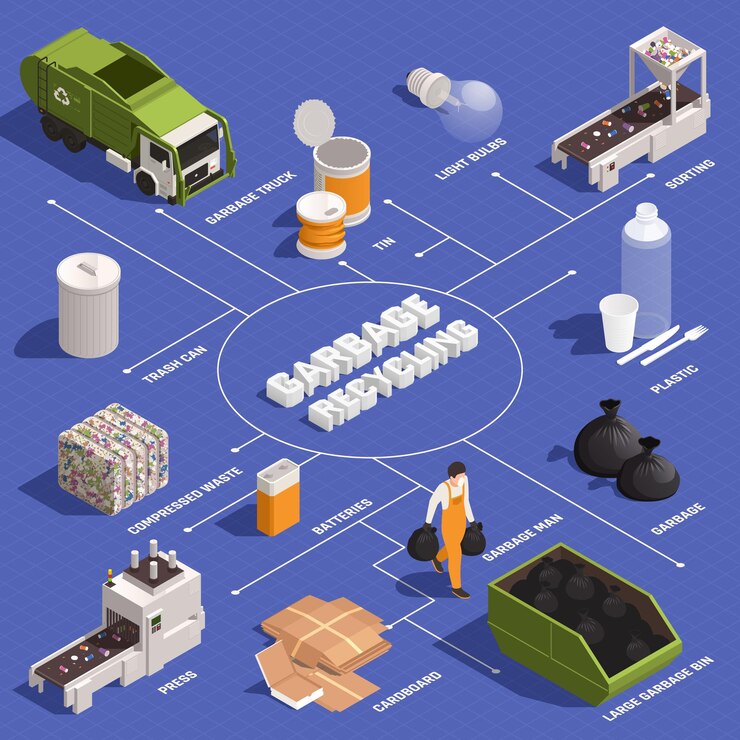
Challenges Of Corrugated Cardboard Recycling
A few obstacles to Corrugated Cardboard Recycling are as follows:
Outbreak
Food remains, grease, and recyclables are not. objects are common causes of contamination of cardboard with corrugations, which may lower the quality of obtained material and present issues for the process of corrugated cardboard recycling.
Gathering and Movement
In emphasis featuring small populations in especially, ineffective approaches to collecting and getting rid of it may outcome in elevated recycling expenses and use of energy.
Consumer Request
Fluctuations in consumer appetite for cardboard that has been recycled can be tricky for recyclers to cope with given that a surplus or a shortage may render the company unsuccessful.
Scientific Restrictions
A poor rate of recycling may result in either some regions’ insufficient access to the moment technology for recycling or the infrastructure that is necessary to recycle cardboard with corrugations effectively.
Client Actions
Higher contamination levels and diminished recycling activity can result in either customers’ misunderstanding or lack of willingness to recycle corrugated cardboard wisely.
Among potential methods for coping address these kinds of problems are:
Teaching and Connection
By training individuals regarding the worth of recycling cartons properly, outreach initiatives could boost recycling rates and decrease contamination.
Superior Selecting Devices
Investments in advanced picking devices could enhance the reliability and effectiveness of corrugated cardboard recycling procedures. Some examples of these technologies include optical scanning devices and robotic sorting devices.
Teamwork and Partners
Forming alliances amongst clients, such as agencies of government, facilities for recycling, organizations, and buyers, may assist in advancing coordinated attempts to improve the facilities and processes for collecting cardboard.
Rules and Enticements
Putting in place laws and rewards such deposits as refers and programs or extended producer liability (EPR) legislation might encourage both businesses and customers to reuse cardboard in a way that is green as well as offer financial support towards recycling initiatives.
Equipment Capital
Construction and upkeep of recycled infrastructure, such as separation facilities, factories for processing, and acquiring facilities, might boost capacity for recycling and improve average levels of recycling.
Towns may improve the efficacy as well as the effectiveness of corrugated cardboard recycling initiatives by addressing these issues and implementing solutions in practice. This will promote resource conservation, reduce environmental effects, and result in a waste management system that is more sustainable.
Novelty In Corrugated Cardboard Recycling
Continuously recycling systems, green packaging competitors, and sophisticated sorting technologies represent some of the innovations in corrugated cardboard recycling. The objective of these innovations is to enhance the long-term viability and effectiveness of cardboard recycling procedures.
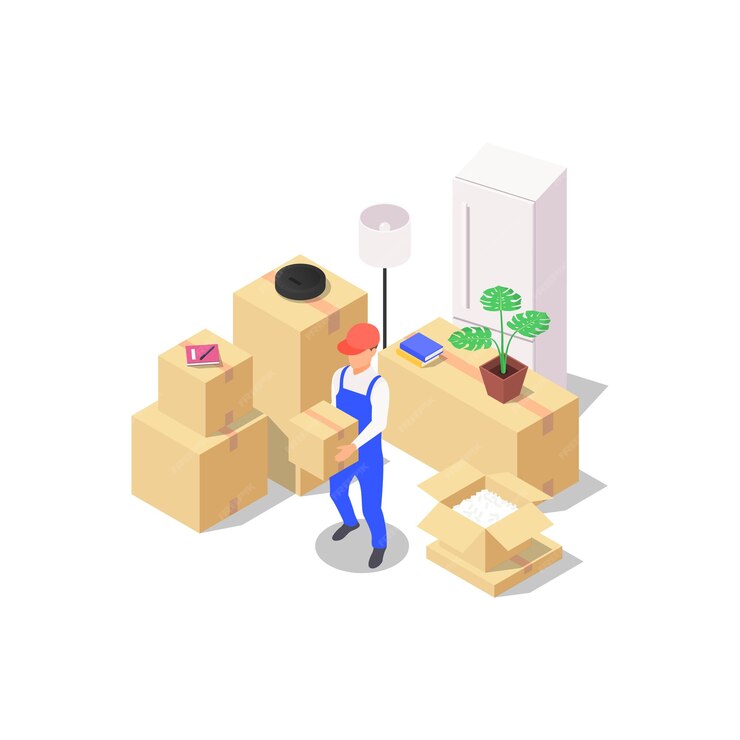
Conclusion
Recycling corrugated cardboard is crucial for long-term viability and green disposal of waste. Reusing both paper and cardboard can lower waste, reduce materials, and lead to less of an adverse impact on the planet, all of which add to a future that is cleaner and more resilient.
Frequently Asked Question
Can food or grease marks on cardboard be thrown away?

Grease or food residue-contaminated cardboard could not be suitable for recycling since these substances could affect the quality of carton goods made from recycled materials. Recycling significantly soiled cardboard should be avoided.
What divides virgin cardboard from reused cardboard?

Virgin cardboard is produced from newly sliced fibers of wood, while cardboard that has been recycled is created from post-consumer or post-industrial garbage. Though the two types have equal qualities, their impact on the environment is varied.
What are the pluses of recovering cardboard for organizations?
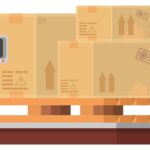
Businesses can lower garbage removal costs, increase their environmental sustainability credentials, and encourage the circular economy through recycling cardboard.
Does reusing cardboard have any constraints?
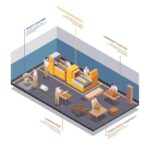
The reuse of cardboard provides multiple advantages, but the feasibility and rate of recycling can be subject to issues that include contamination, cost of transport, and changes in the market.
What goes on with cardboard material was previously repurposed?
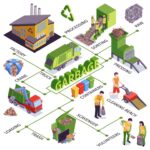
During the pulping process, pushing, and curing operations, reused cardboard can be turned into new cardboard merchandise. Board goods, cardboard boxes, and containers are some of the that use goods that are recycled.
